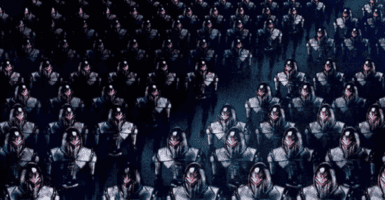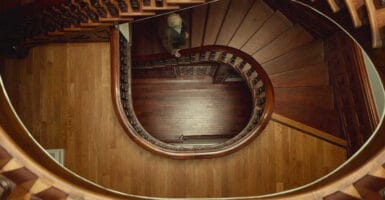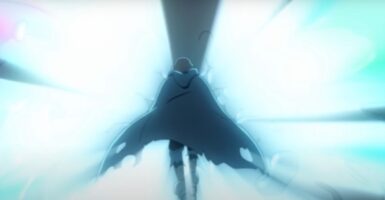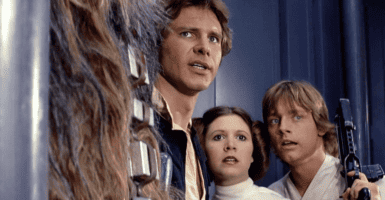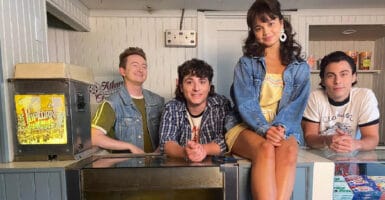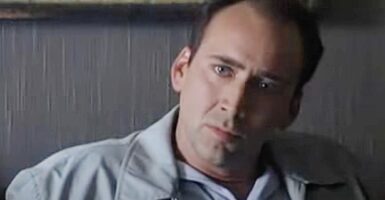IBM’s A Boy And His Atom Is Literally The Smallest Film Ever
This article is more than 2 years old
If someone asked you to make the smallest film ever to exist, how would you go about it? Would you use a GoPro camera with part of its lens blocked, filming ants carrying grains of salt over a half-dollar? Or would you film something as normal and then release it on a ridiculously small disc? Well, if you’re at IBM, you make a short film by blindly shifting individual atoms around, like bulbs on a Lite Brite, for the most scientifically sound stop-motion production ever. And because the plot is slightly less complicated than the title of a Curious George book, we’ll just stick to the background for this.
Andreas Heinrich, the dedicated principal investigator for this IBM Research project, and his team created A Boy and His Atom by moving carbon monoxide molecules around on top of a copper surface. The researchers had to use a needle with an atom-sized tip to move the atoms around, using the tiny magnetic charge to drag each one into a specific “groove” in the copper surface that it fit into; Heinrich himself compares it to a record player needle. Without being able to see what was happening, they had to listen for scratching sounds that indicated the atom was in the next spot on the minuscule grid. And then an image was taken — 242 of them to be exact. They used a scanning tunneling electron microscope to magnify the atoms to 100 million times their normal size, and cinematic history occurred. Not that James Cameron or J.J. Abrams will be using this technology anytime soon. Take a look at the short “making of” video below for more detailed explanations.
It’s worth noting that the project’s inception was born of developments in data storage. IBM is apparently able to store data onto something as small as 12 atoms, and should this kind of storage become commercially available, Heinrich says it means you could conceivably fit every movie ever created onto a device the size of a cell phone. This is even more exciting than encoding the “I Have a Dream” speech onto DNA strands.
As a short film, it’s the complete opposite of one of the last short films we’ve shown on this site, but it stands for so much more. I hereby declare this the most amazing video we’ve ever hosted.

